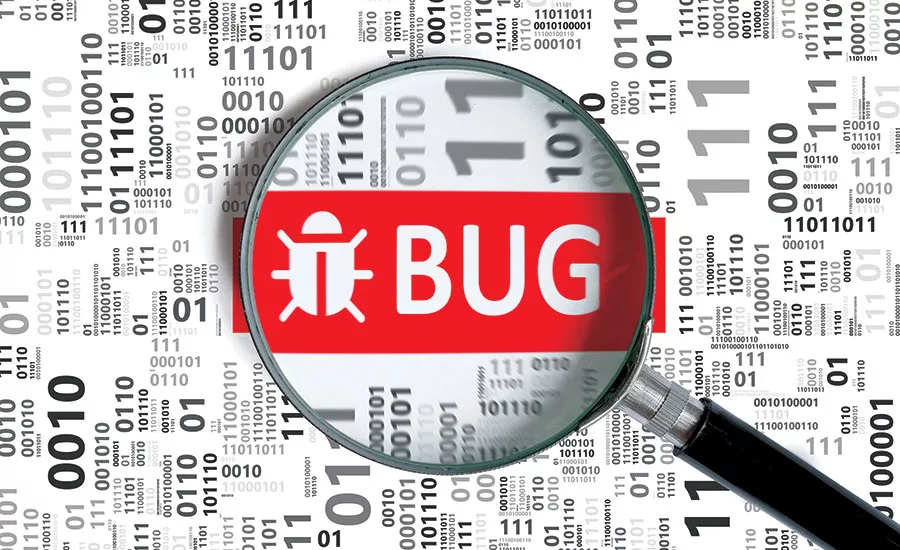Chinese Ministry of State Security-affiliated cyber threat actor activity targeting US agencies

The Cybersecurity and Infrastructure Security Agency (CISA) has consistently observed Chinese Ministry of State Security (MSS)-affiliated cyber threat actors using publicly available information sources and common, well-known tactics, techniques, and procedures (TTPs) to target U.S. Government agencies. CISA has observed these—and other threat actors with varying degrees of skill—routinely using open-source information to plan and execute cyber operations. CISA leveraged the MITRE Adversarial Tactics, Techniques, and Common Knowledge (ATT&CK®) and Pre-ATT&CK frameworks to characterize the TTPs used by Chinese MSS-affiliated actors. This product was written by CISA with contributions by the Federal Bureau of Investigation (FBI).
According to a recent U.S. Department of Justice indictment, MSS-affiliated actors have targeted various industries across the United States and other countries—including high-tech manufacturing; medical device, civil, and industrial engineering; business, educational, and gaming software; solar energy; pharmaceuticals; and defense—in a campaign that lasted over ten years.[1] These hackers acted for both their own personal gain and the benefit of the Chinese MSS.[2]
According to the indictment:
"To conceal the theft of information from victim networks and otherwise evade detection, the defendants typically packaged victim data in encrypted Roshal Archive Compressed files (RAR files), changed RAR file and victim documents’ names and extensions (e.g., from “.rar” to “.jpg”) and system timestamps, and concealed programs and documents at innocuous-seeming locations on victim networks and in victim networks’ “recycle bins.” The defendants frequently returned to re-victimize companies, government entities, and organizations from which they had previously stolen data, in some cases years after the initial successful data theft. In several instances, however, the defendants were unsuccessful in this regard, due to the efforts of the FBI and network defenders."
The continued use of open-source tools by Chinese MSS-affiliated cyber threat actors highlights that adversaries can use relatively low-complexity capabilities to identify and exploit target networks, says CISA. In most cases, cyber operations are successful because misconfigurations and immature patch management programs allow actors to plan and execute attacks using existing vulnerabilities and known exploits. Widespread implementation of robust configuration and patch management programs would greatly increase network security. It would also reduce the speed and frequency of opportunistic attacks by forcing threat actors to dedicate time and funding to research unknown vulnerabilities and develop custom exploitation tools.
Key Takeaways from the alert:
- Chinese MSS-affiliated cyber threat actors use open-source information to plan and conduct cyber operations.
- Chinese MSS-affiliated cyber threat actors use readily available exploits and exploit toolkits to quickly engage target networks.
- Maintaining a rigorous patching cycle continues to be the best defense against the most frequently used attacks.
- If critical vulnerabilities remain unpatched, cyber threat actors can carry out attacks without the need to develop custom malware and exploits or use previously unknown vulnerabilities to target a network.
- This Advisory identifies some of the more common—yet most effective—TTPs employed by cyber threat actors, including Chinese MSS-affiliated cyber threat actors.
Terence Jackson, Chief Information Security Officer at Thycotic, a Washington D.C. based provider of privileged access management (PAM) solutions, says, "The finding which stands out to me is:
- If critical vulnerabilities remain unpatched, cyber threat actors can carry out attacks without the need to develop custom malware and exploits or use previously unknown vulnerabilities to target a network.
Jackson adds, "80% of the observed ransomware attacks in the first half of 2020 used vulnerabilities reported and registered in 2017 and earlier, according to a recent Check Point report, and more than 20% of the attacks used vulnerabilities that are at least seven years old. Patch management is one of the fundamentals of security, however, it is difficult and we are still receiving a failing grade. Patch management, enforcing MFA and least privilege are key to preventing cyberattacks in both the public and private sectors."
For full technical details, including analysis of techniques, please visit https://us-cert.cisa.gov/ncas/alerts/aa20-258a
Looking for a reprint of this article?
From high-res PDFs to custom plaques, order your copy today!



.webp?height=200&t=1707842048&width=200)



